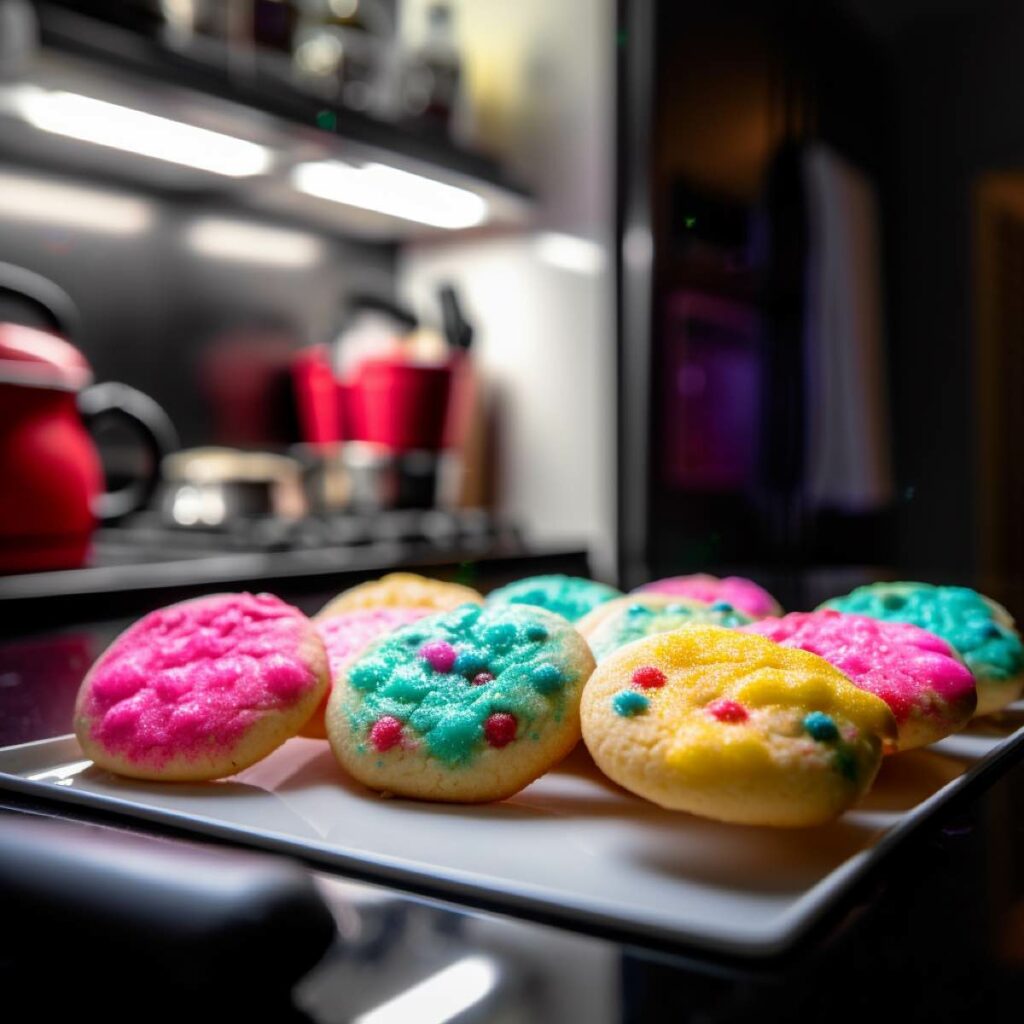Guide to Dairy-Free Baking

The Ultimate Guide to Dairy-Free Baking: Expert Tips for Success and Delightful Results
Introduction:
Dairy products, such as milk, butter, and cream, play a significant role in traditional baking, contributing to taste, texture, and richness in various recipes.
However, for individuals with dietary restrictions, lactose intolerance, or a preference for plant-based diets, dairy-free baking may be a necessity or a personal choice.
Transitioning to dairy-free baking can be challenging, as it often requires finding suitable alternatives and adjusting recipes to achieve the same scrumptious results.
In this ultimate guide, we’ll share expert tips for successful and delightful dairy-free baking.
Key Considerations for Dairy Substitution in Baking:
- Milk alternatives: Several plant-based milk options, such as almond, soy, oat, or rice, can be used as a substitute for cow’s milk in baking recipes. Choose a milk alternative with a similar thickness and flavor profile to the dairy milk called for in your recipe. Note that these milk alternatives’ sweetness and fat content may vary, which could impact the final taste and texture of your baked goods.
- Butter substitutes: Dairy-free butter alternatives, such as margarine or plant-based buttery spreads, can often be used in place of traditional butter. Coconut oil and vegetable shortening can also be viable options, though they may impart different flavors or textures to the final product. When substituting, pay attention to the fat content and consistency of your chosen alternative to achieve the desired results.
- Cream alternatives: To replace heavy cream or whipping cream, consider using full-fat coconut milk, cashew cream, or a commercially available dairy-free cream alternative. Keep in mind that these substitutes may have different whipping properties and could alter the taste of your recipe.
- Yogurt and sour cream alternatives: Dairy-free yogurts, such as almond, soy, or coconut-based yogurts, can be used as a substitute for traditional yogurt or sour cream in baking recipes. Choose an unsweetened and unflavored variety to maintain the desired taste and consistency.
- Cheese alternatives: For recipes requiring cheese, such as cheesecakes or baked goods with cheese fillings, consider using dairy-free cheese alternatives made from nuts, soy, or other plant-based ingredients. Be aware that the melting properties and flavor profiles of these alternatives may differ from traditional cheese.
- Buttermilk substitutes: To make a dairy-free buttermilk substitute, mix a plant-based milk with a small amount of acid, such as vinegar or lemon juice. This mixture will help mimic the tangy flavor and tenderizing properties of buttermilk in your baked goods.
- Egg wash alternatives: For a dairy-free egg wash substitute, consider using a mixture of plant-based milk and a sweetener like maple syrup or agave nectar. This can provide a similar sheen and browning effect to your baked goods without using eggs or dairy products.
- Recipe adjustments: Dairy-free baking may require adjusting other aspects of your recipe, such as the amount of liquid, fat, or leavening agents. Experiment with these adjustments to find the perfect balance for your dairy-free creations.
By considering these factors when making dairy substitutions in baking, you can achieve successful, delicious, and visually appealing dairy-free baked goods. With practice, patience, and a willingness to experiment, you’ll be able to adapt your favorite recipes and create new, exciting, and healthy dairy-free treats to enjoy.


